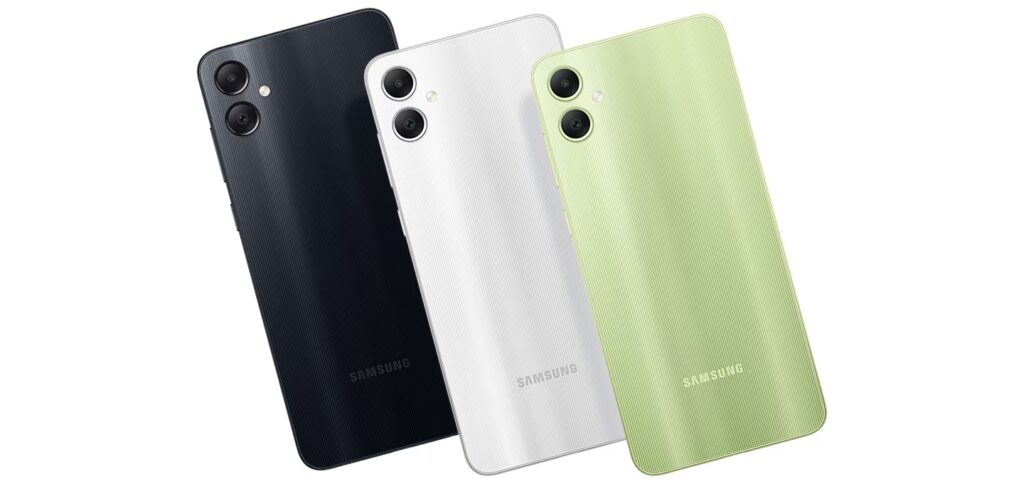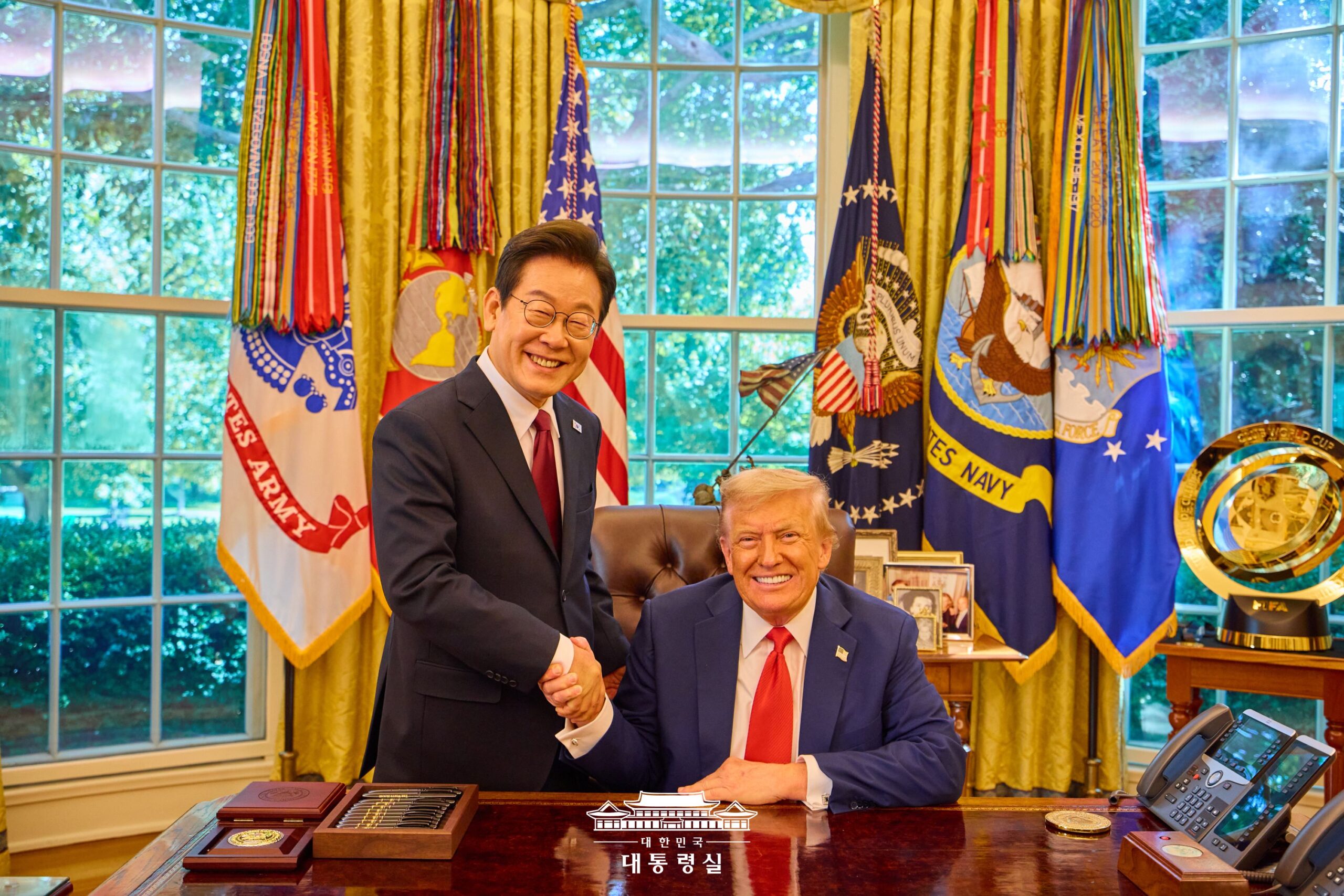
Samsung Electronics, South Korea’s largest and globally leading manufacturer of smartphones, semiconductors, and consumer electronics, is accelerating efforts to expand its entry-level Galaxy A smartphone lineup as part of a broader push to solidify its lead in Southeast Asia’s competitive mobile market.
Several media outlets reported on July 29 that two new budget models—the Galaxy A07 and Galaxy A17 5G—have recently received regulatory approvals in select countries, indicating an imminent launch expected as early as next month.
The Galaxy A07 received certification from Thailand’s National Broadcasting and Telecommunications Commission (NBTC), a mandatory step for all communications devices sold in the Thai market. NBTC documentation lists the device as model number “SM-A075F/DS,” confirming its support for LTE networks. According to a listing on Google Play Console, the A07 will feature a MediaTek Helio G99 processor, 6GB of RAM, and a 720×1600 resolution display.
Meanwhile, the Galaxy A17 appeared in the Global Certification Forum (GCF) database under model numbers “SM-A176B” and “SM-A176B/DS,” with confirmed 5G support. Samsung has also launched a support page for a device named the Galaxy F17 5G on its official websites in India and Bangladesh, fueling speculation that it could be a rebranded version of the A17 5G.
Samsung’s strategy is clear: strengthen the Galaxy A lineup to maintain its market-leading position in Southeast Asia. According to market research firm Canalys, Samsung reclaimed the No. 1 spot in smartphone shipments across Southeast Asia in Q1 2024, outpacing Chinese competitors. The company shipped 4.3 million units in the region during the quarter, ranking first in both Vietnam and Thailand.
A major contributor to that success was the Galaxy A series, which saw shipments surge 47% year-over-year. While mid-range models like the Galaxy A26, A36, and A56 led the charge, analysts expect that the upcoming entry-level devices with improved specs will further boost sales and strengthen Samsung’s regional dominance.
As competition intensifies in price-sensitive emerging markets, Samsung’s move to enhance the value proposition of its budget lineup could play a key role in securing long-term growth across Southeast Asia.
















